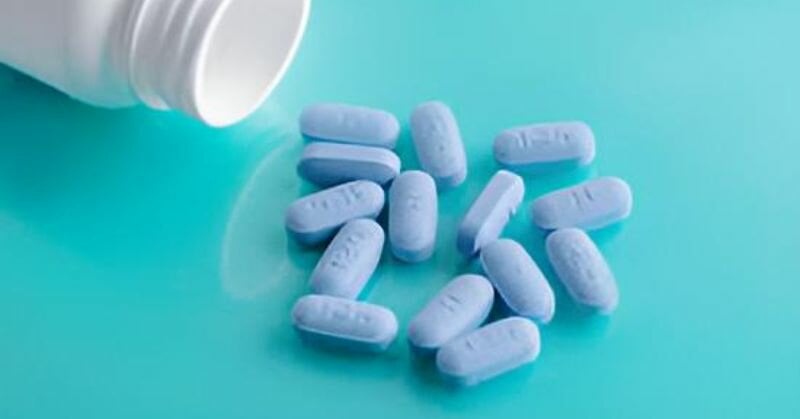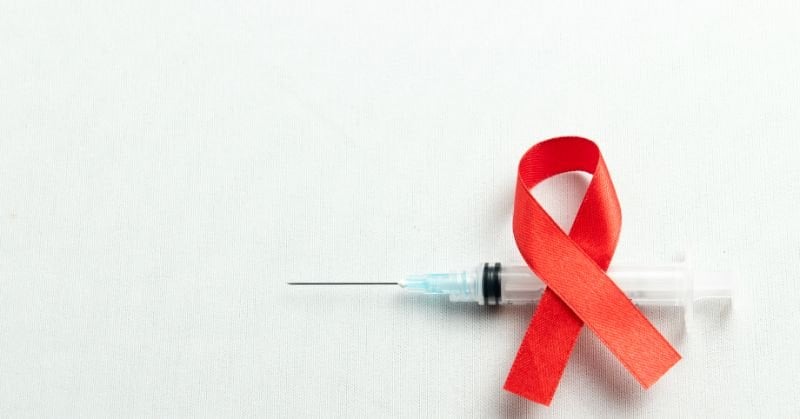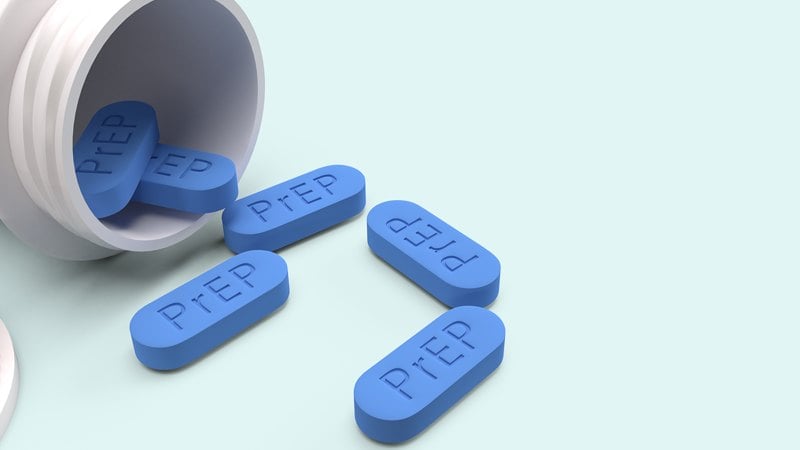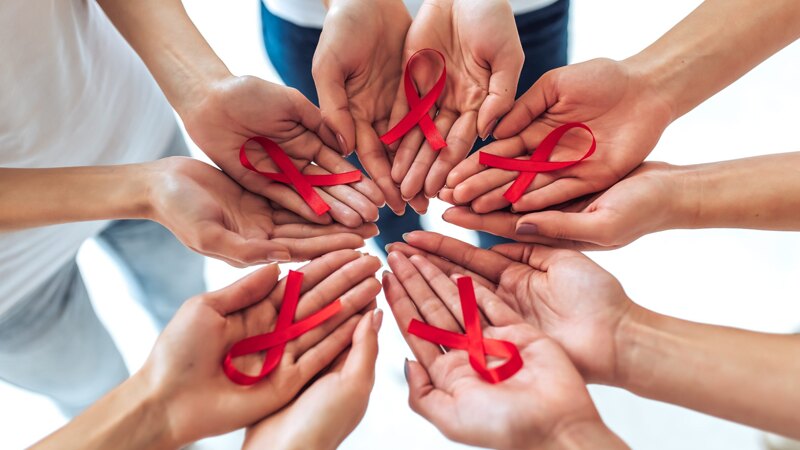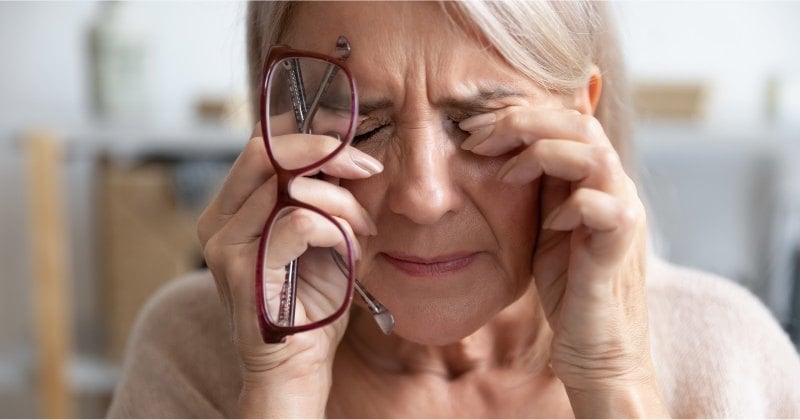Getting tested for HIV is crucial for your health and well-being. Early detection allows for timely treatment and helps prevent the spread of the virus. In the United States, there are several options for quick and convenient HIV testing. This guide outlines the steps and costs associated with obtaining a quick HIV test.
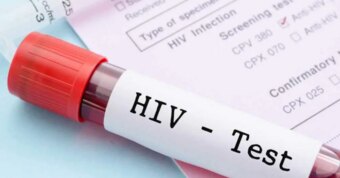
1. Understanding HIV Testing Options
There are different types of HIV tests available, including rapid tests, home tests, and laboratory tests. Rapid tests can provide results within 20 minutes, making them a convenient option for quick testing.
-
Rapid Antibody Test: Detects antibodies to HIV in blood or oral fluid. Results are typically available in 20 minutes.
-
Rapid Antigen/Antibody Test: Detects both HIV antibodies and antigens (a part of the virus) in blood. Results are usually available in 20 minutes.
-
Home Testing Kits: Allows you to collect a sample at home and either get results at home or send it to a lab. Examples include OraQuick (results in 20 minutes) and Home Access HIV-1 Test System (lab results in a few days).
2. Where to Get Tested
HIV testing is widely available in the U.S. at various locations, including:
-
Healthcare Providers: Your doctor or healthcare provider can perform an HIV test during a routine visit.
-
Community Health Clinics: Many clinics offer free or low-cost HIV testing. Search for local clinics through resources like the CDC’s GetTested website.
-
Pharmacies: Some pharmacies offer rapid HIV testing on-site. Walgreens and CVS are examples of pharmacies that provide this service.
-
Planned Parenthood: Many Planned Parenthood locations offer HIV testing and counseling services.
-
LGBTQ+ Centers: LGBTQ+ community centers often provide HIV testing and support services.
-
Online Services: Order home testing kits online from reputable providers like OraQuick or Home Access.
3. Costs of HIV Testing
The cost of HIV testing can vary depending on the type of test and where you get tested:
-
Free Testing: Many community health clinics and LGBTQ+ centers offer free HIV testing. The CDC’s GetTested website can help you find free testing locations.
-
Insurance Coverage: Most health insurance plans cover HIV testing as part of preventive care. Check with your insurance provider for specific coverage details.
-
Out-of-Pocket Costs: If paying out of pocket, rapid HIV tests at pharmacies typically cost between $40 and $60. Home testing kits like OraQuick are available online for around $40.
-
Sliding Scale Fees: Some clinics offer sliding scale fees based on your income, making testing more affordable.
4. Steps to Get a Quick HIV Test
Follow these steps to get a quick HIV test:
-
Step 1: Identify where you want to get tested. Use resources like the CDC’s GetTested website to find nearby testing locations or order a home test kit online.
-
Step 2: If visiting a clinic or pharmacy, call ahead to confirm availability, hours of operation, and whether an appointment is needed.
-
Step 3: Go to the testing location or follow the instructions for the home test kit. For rapid tests, you will typically receive your results within 20 minutes.
-
Step 4: If you test positive, seek follow-up care from a healthcare provider to confirm the results and discuss treatment options. Early treatment can improve health outcomes and reduce the risk of transmitting HIV to others.
Conclusion
Getting a quick HIV test is an important step in managing your health. With numerous testing options available across the United States, finding a convenient and affordable testing method is easier than ever. Regular testing, especially if you are at higher risk, helps ensure early detection and treatment, improving overall health and well-being.
